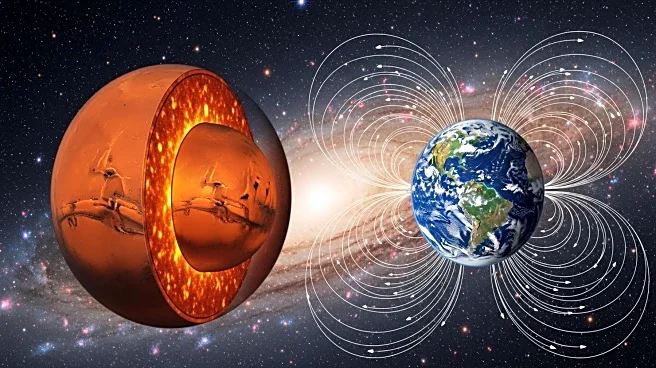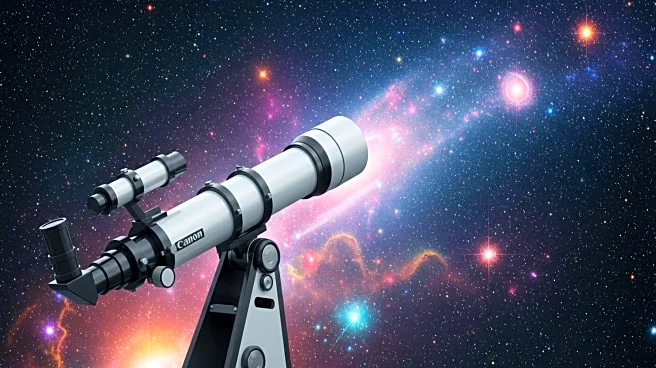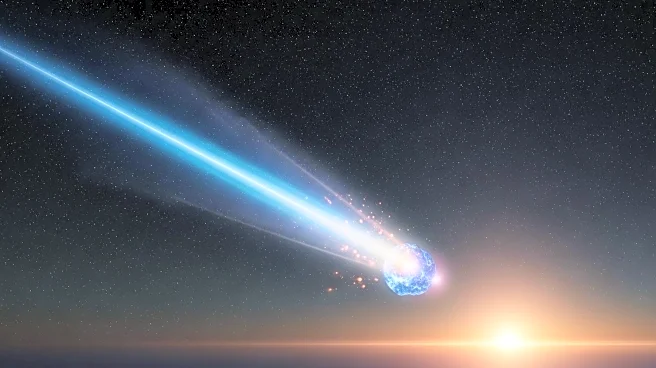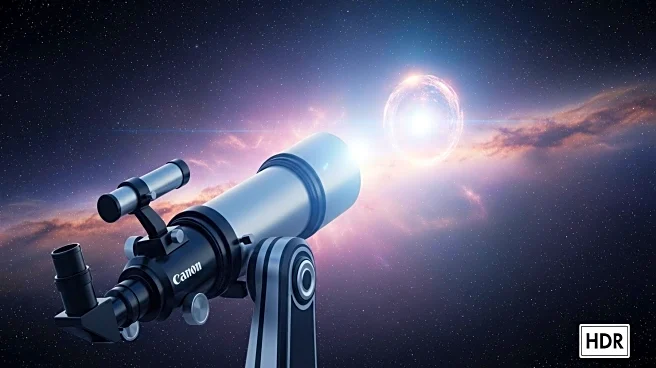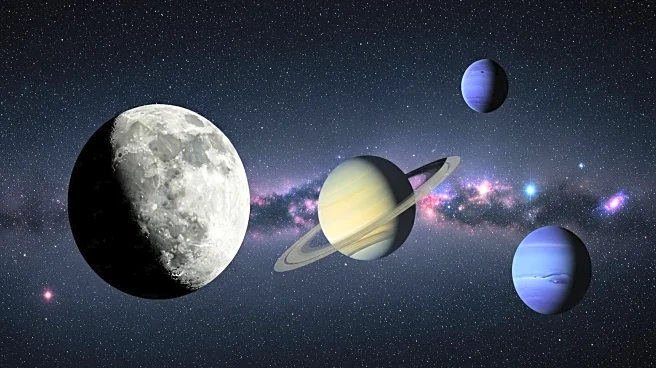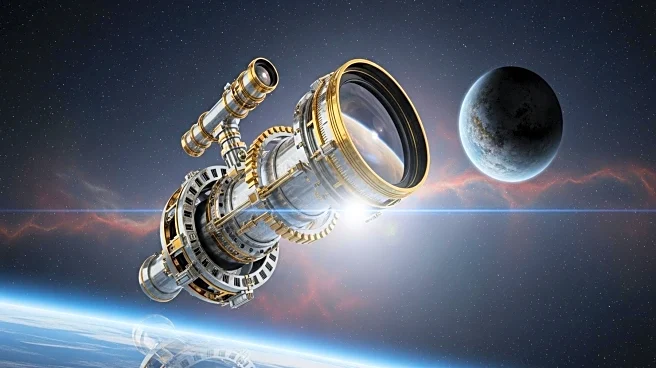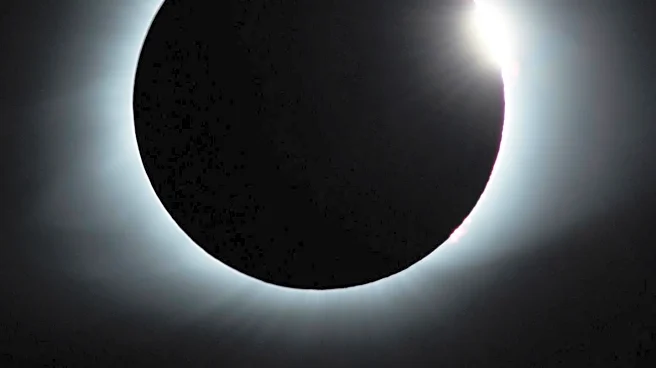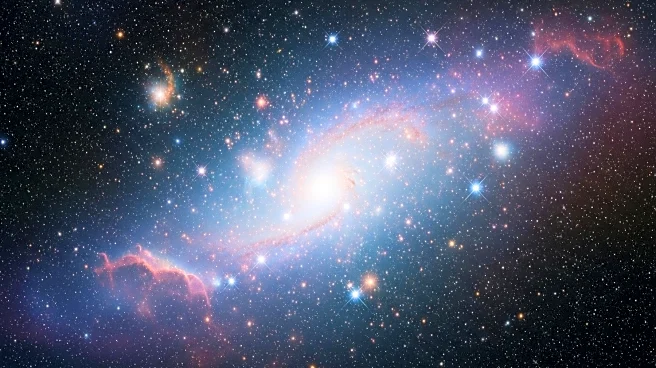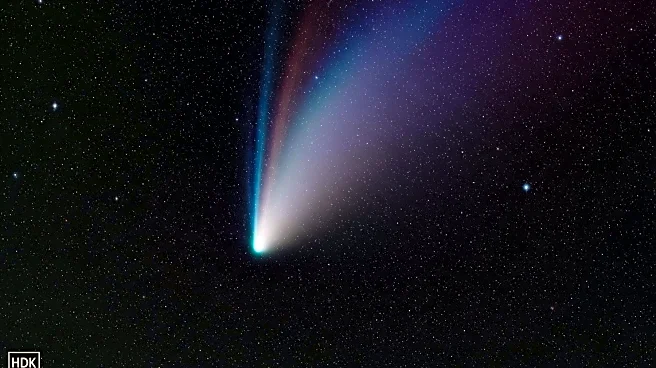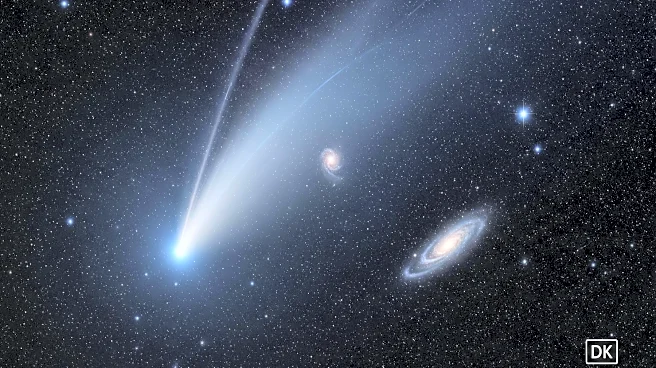What is the story about?
What's Happening?
Avi Loeb, a prominent astrophysicist, has published new research exploring how to differentiate between interstellar rocks and spacecraft targeting the inner Solar system. The study focuses on the spatial distribution of trajectories relative to the Sun, suggesting that spacecraft would favor paths directed towards the Sun, unlike random trajectories of rocks. Loeb's research builds on the discovery of the interstellar object 3I/ATLAS, proposing that its trajectory may indicate a technological design. The paper, co-authored with a graduate student, develops a framework to constrain the population of massive interstellar objects, considering both natural and artificial origins.
Why It's Important?
Loeb's research is significant as it challenges conventional understanding of interstellar objects and introduces the possibility of technological origins for certain trajectories. This has implications for the study of extraterrestrial life and the search for intelligent life beyond Earth. The findings could influence future astronomical research and the development of technologies to detect and analyze interstellar objects. The study also highlights the importance of interdisciplinary collaboration in advancing scientific knowledge and understanding of the universe.
What's Next?
Future discoveries by observatories, such as the Rubin Observatory, will provide crucial statistics to test the different possible origins of interstellar objects. The research may lead to further studies on the dynamics of interstellar objects and their trajectories, potentially uncovering new insights into the nature of these objects. The scientific community may engage in discussions and debates regarding the implications of Loeb's findings and their impact on the search for extraterrestrial life.
AI Generated Content
Do you find this article useful?



